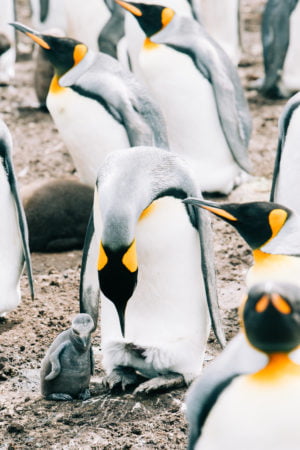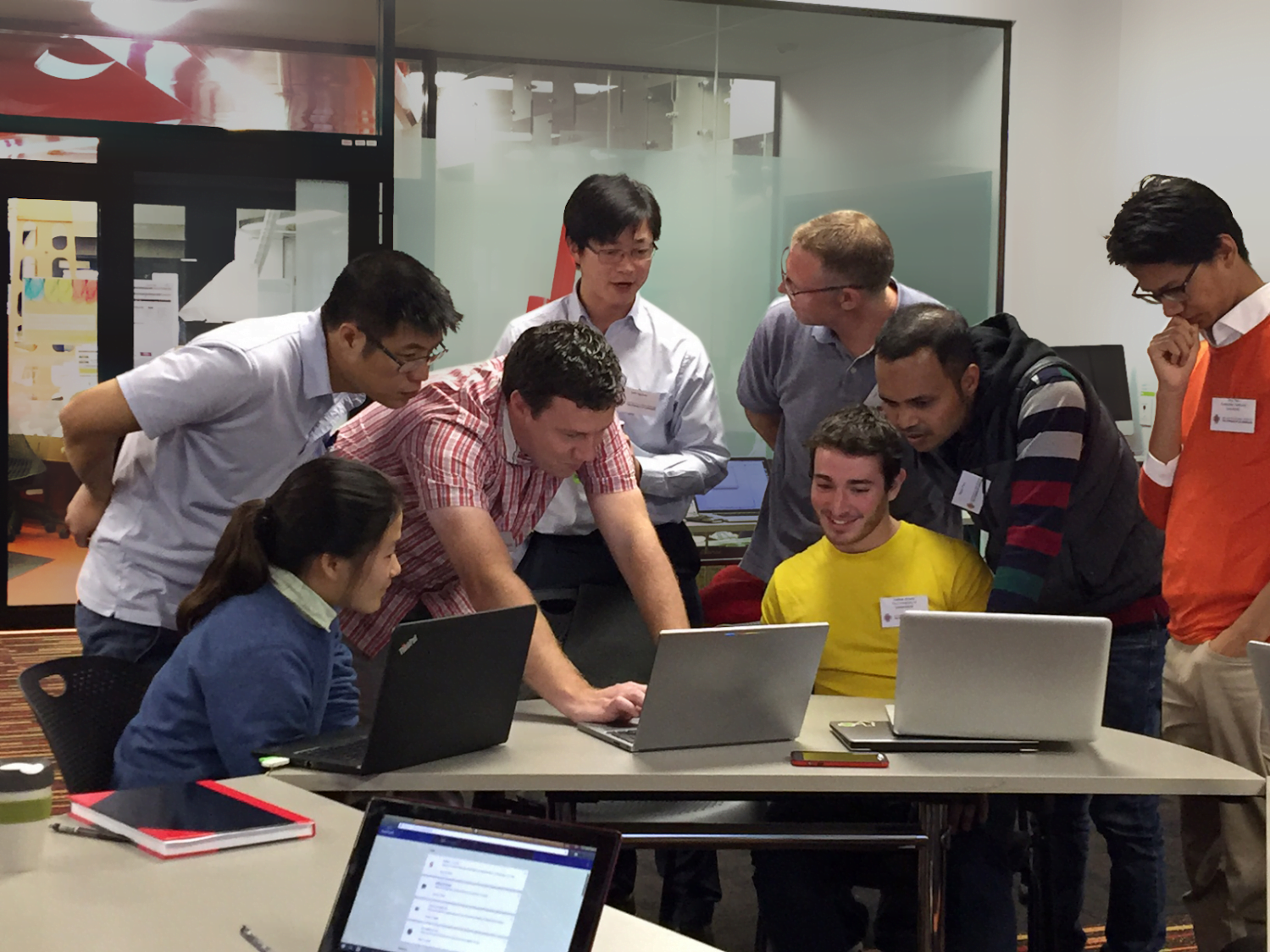

Many people bemoan the fact that AI means less human contact and less jobs but the flip side of this is that there is a positive force for good which will result from putting those machines to good use, and remember new jobs that were not around before will be created as a spin-off.
And there is a lot of fascinating things taking place thanks to the power of AI, from conservationists preventing illegal logging in the Amazon rainforest with AI – and researchers partnering with astronomers hunting new planets with machine learning.

A Snapshot of Aussie AI-powered products and projects:
Saving dugongs with AI


So far, the team have processed 37k+ images, identifying 70% of the sea cows they’d found manually in images. This analysis took 18 hours to complete, compared to the 377 hours required for manual analysis. Hodgson and Frederic have now integrated this detection software with mapping software to plot all sightings, giving them richer data about the volume and locations of dugongs.
Preserving precious indigenous languages
Professor Janet Wiles talked about the challenges of preserving the indigenous languages in Australia of which there are many.
“We are in a race against time to support our indigenous languages,” said Professor Wiles.
There are 6,000+ languages in the world, and more than 50% of web content is in English. AI can help us make this content accessible, break down language barriers and even preserve endangered languages.
Since 2012, Google’s language technology teams have been using neural networks to make the world’s diverse language content universally accessible and useful.
Professor Wiles and Ben Foley, researchers with the ARC Centre of Excellence for the Dynamics of Language (CoEDL) are working to transcribe and preserve endangered languages. There are over 300 Indigenous languages in Australia which can be as distinct as Japanese is to German.
Indigenous languages are also inextricably connected to the land, imbued with history and sacred songlines––passed down through oral tradition.

With many indigenous languages endangered, research and transcription is both time sensitive and intensive. CoEDL has fieldworkers working with 130 languages, recording mountains of data (almost 50K hours of language audio in archives), which could take 1.9M hours to transcribe using traditional methods.
“The elephant in the room is a boring dull problem called transcription,” added Professor Foley. “We need speech detector systems.”
Recognising the importance and the sheer enormity of the work, Wiles and Foley realised AI could help provide a new solution to harness the contributions of community members and linguists, while protecting the integrity of this precious language data.

In 2016, Wiles and Foley looked to Google’s open-source AI technology to build unique models for several Indigenous languages – allowing for faster transcription and a bespoke solution. While this project is still in its early stages, Google has partnered up with CoEDL to implement TensorFlow and Kaldi to transcribe indigenous languages.
So far, 12 models have been built for Indigenous languages including Bininj Kunwok, Kriol, Mangarayi, Nakkara, Pitjantjatjara, Warlpiri, Wubuy – as well as indigenous languages in regions surrounding Australia, such as Abui (spoken in Indonesia) and Cook Islands Maori.
CoEDL aim to train more language workers to contribute to the models, and build an even simpler interface. Long-term, the team wants to integrate recognition and synthesis systems into their social robot Opie, designed with the Ngukurr Language Centre to promote community engagement and the revitalisation of endangered languages.

Enhancing healthcare with Google AI

With so many advancements being made to help the work of conservationists and medical teams taking place, the way is open for positive change on a scale we have never seen before.
So when someone bemoans the onset of the use of artificial intelligence leading to less jobs, remind them it is thanks to machine learning that complex, real-life problems are starting to be solved.
Watch this video for more info:
https://blog.google/technology/ai/fight-against-illegal-deforestation-tensorflow/






